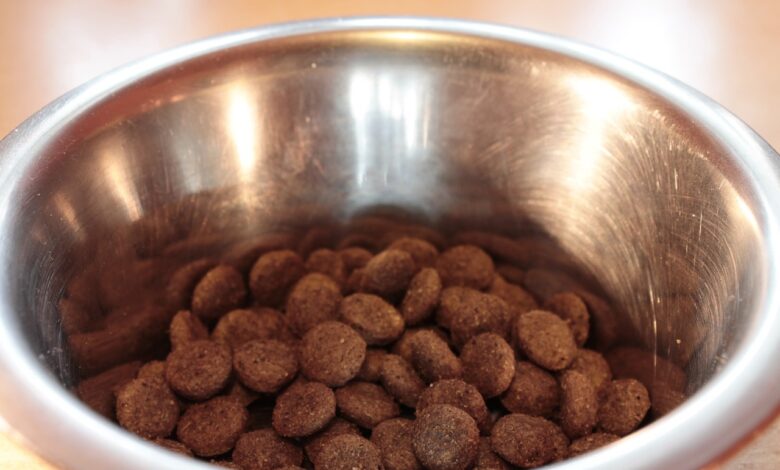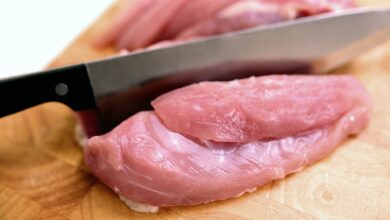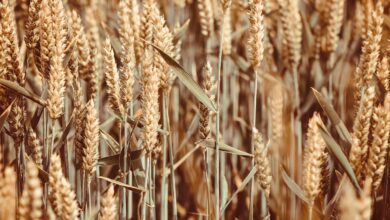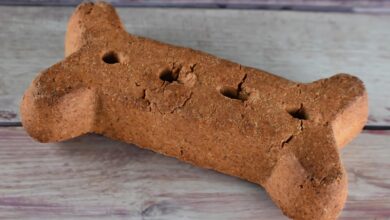The Differences between Raw Food, Wet Food, Cold-Pressed Food, and Kibble
Get up to speed on your dog’s nutrition

Each type of dog food has its own benefits and drawbacks, and the best choice depends on your dog’s dietary needs, lifestyle, and health. Here’s a breakdown of the key differences between raw food, wet food, cold-pressed food, and kibble:
Raw Food (Biologically Appropriate Raw Food – BARF or Prey Model)
What it is:
Raw feeding includes uncooked meat, bones, organs, and sometimes vegetables. It mimics what dogs would eat in the wild.
Pros:
- Highly nutritious and species-appropriate – Maintains natural enzymes, vitamins, and minerals.
- Promotes a shiny coat and healthy skin – Rich in natural Omega-3s.
- Promotes stronger joints and muscles – High protein supports mobility.
- Great for dental health – Chewing raw bones naturally cleans teeth.
Cons:
Not always balanced – Sometimes needs variety and supplementation for complete nutrition.
More storage space needed – Requires freezing/refrigeration.
Best for: Owners who want a natural, high-quality diet for their dog and are comfortable with meal preparation.
Wet Food (Canned or Pouched Food)
What it is:
Wet food consists of cooked meat, vegetables, and grains in a moist, gravy-based or pâté-like texture. It’s usually sold in cans or pouches.
Pros:
- Highly palatable – Great for fussy eaters.
- Higher moisture content – Helps hydration and kidney function.
- Easier to chew – Ideal for puppies, seniors, and dogs with dental issues.
Cons:
- More expensive per meal than kibble.
- Spoils quickly – Must be refrigerated after opening.
- Lower in protein compared to raw or cold-pressed food.
Best for: Dogs that need soft food, extra hydration, or have difficulty chewing dry food.
Cold-Pressed Dog Food
What it is:
Cold-pressed food is made by gently compressing raw ingredients at low temperatures (below 45°C) to preserve nutrients. Unlike kibble, which is highly processed, cold-pressed food retains more natural enzymes and vitamins.
Pros:
- More nutritious than kibble – Retains more natural nutrients.
- Easier to digest – Breaks down quickly in the stomach (unlike kibble).
- Long shelf life – More convenient than raw food.
- Less processed than standard kibble.
Cons:
More expensive than regular kibble.
Can still contain fillers or grains, depending on the brand.
Best for: Owners who want a nutritious, shelf-stable alternative to raw food with less processing than kibble.
Kibble (Dry Dog Food)
What it is:
Kibble is heavily processed dry food made by cooking ingredients at high temperatures and then shaping them into pellets. It often contains meat meals, grains, and preservatives.
Pros:
- Affordable and convenient – Easy to store, transport, and portion.
- Long shelf life – No refrigeration required.
- Can support dental health – Some kibbles are designed to help remove plaque.
Cons:
- Highly processed – Loses many natural nutrients due to high-heat cooking.
- Lower moisture content – Can contribute to dehydration, kidney issues, and urinary problems.
- Often contains fillers and artificial additives – Some brands use low-quality ingredients, grains, and preservatives.
Best for: Budget-conscious owners who want a convenient, long-lasting food option.






